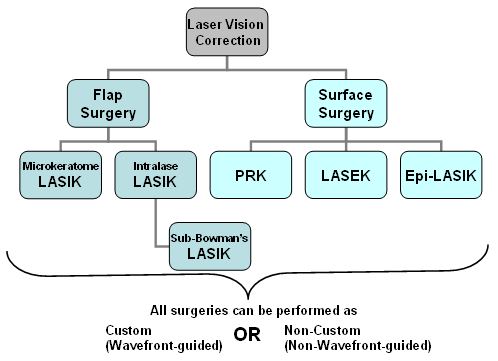Refractive Lens Exchange: A Comprehensive Introduction For Improved Vision
Refractive Lens Exchange: A Comprehensive Introduction For Improved Vision
Blog Article
Material By-Myers Hemmingsen
If you more than 40 and struggling with vision problems like hyperopia or nearsightedness, Refractive Lens Exchange (RLE) could be worth considering. This procedure changes your natural lens with an artificial one, potentially reducing your dependence on glasses. While the benefits are appealing, it's essential to understand the risks and qualification needs. What should you know before making a decision that could change your vision forever? Allow's discover Medical eye doctor North Colorado .
Comprehending Refractive Lens Exchange
Understanding Refractive Lens Exchange (RLE) can be vital for those thinking about vision adjustment options.
RLE is an operation that replaces your eye's natural lens with a man-made intraocular lens. It's largely targeted at fixing extreme refractive mistakes, such as hyperopia, nearsightedness, or presbyopia.
During the treatment, your specialist will certainly eliminate your cloudy or clear lens and change it with a lens customized to your vision needs. This alternative is commonly considered for people over 40 who might not appropriate candidates for LASIK.
By choosing RLE, you're not simply boosting your vision; you're also potentially reducing your dependence on glasses or contact lenses.
Comprehending how RLE works will equip you to make informed choices regarding your vision health.
Benefits and Dangers of RLE
Selecting RLE not only provides an opportunity to boost your vision but also includes its very own set of advantages and risks.
One significant advantage is the potential for more clear vision, reducing or eliminating your reliance on glasses or call lenses. LASIK eye exam may also experience a more comprehensive range of vision, particularly if you go with multifocal lenses.
Nevertheless, there are threats entailed, such as infection, difficulties during surgical procedure, or frustration with the outcomes. Some patients experience aesthetic disturbances like halos or glare.
It's vital to weigh these benefits and dangers very carefully. Consulting with your eye care professional can aid you make an enlightened decision that lines up with your vision objectives and lifestyle.
Qualification Standard for Refractive Lens Exchange
Before considering Refractive Lens Exchange (RLE), it's vital to determine if you meet the eligibility requirements. Normally, you're an excellent candidate if you're over 40 years of ages and have a steady prescription.
Femtosecond laser LASIK should also be experiencing refractive errors like nearsightedness, hyperopia, or presbyopia. It is essential to have healthy eyes without any substantial illness, such as cataracts or glaucoma.
In addition, you must be in excellent overall health and wellness and not have any kind of conditions that could affect healing, like unchecked diabetic issues. If you put on get in touch with lenses, you may require to stop wearing them for some time prior to your analysis.
Consulting with an eye treatment professional will assist you comprehend your certain scenario and whether RLE is right for you.
Conclusion
To conclude, refractive lens exchange can transform your vision and minimize your dependancy on glasses or contacts. While it supplies numerous benefits, it's critical to understand the dangers and guarantee you meet the eligibility criteria. Consulting with an eye treatment professional will certainly help you make an enlightened decision customized to your demands. If you're taking into consideration RLE, put in the time to discover your options and review any kind of concerns, leading the way for more clear, extra dynamic eyesight.
